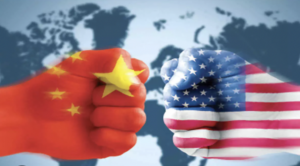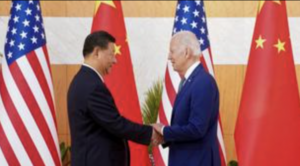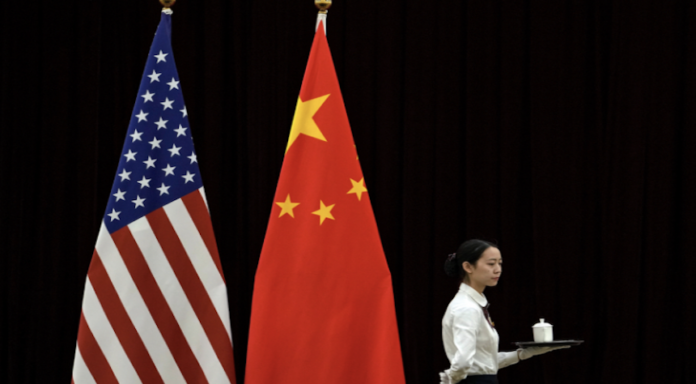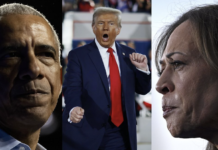There’s no doubt that the relationship between China and the United States has been tense over the past few years. They are only getting more tense. This is due to several factors, including the recent rise of “neo-modernism” as described by a Rand Corporation study.
The key findings are listed as follows:
- The centralized nation-state has a steep decline in terms of politics, causing severe political crises across many countries.
- Economic growth has slowed, and the imbalance has increased, resulting in the return of entrenched inequality and the expansion of illicit economies.
- Security concerns could be outweighed by nonstate threats such as pandemics and banditry.
- Preindustrial aspects of warfare have reemerged, including the prevalence of siege warfare, irregular and protracted conflict, the privatization of warfare, and the prominence of intrastate conflict.
It would take me hours to comment on these findings, but it is important to consider what they mean for the United States’ main geopolitical rival today: China.

Andy Langenkamp, opinion columnist for “The Hill”, commented on the Rand Corporation study:
In China, the inequality is rising as well and the economic growth is slowing down. China’s leaders are increasingly repressive; China’s internal security budget is greater than its defense budget.
Due to this situation, it does not appear that China and the U.S. will be able to fight each other in full conflict anytime soon. It is too risky for the two countries to engage in a direct war due to their weaknesses and the challenges they face on the domestic and international fronts. Leaders also cannot assume citizens will support a war effort requiring real and sustained sacrifices.
It is more likely that the result will be a long-lasting, low-intensity war, than a full-scale conflict. It does not mean that there will not be a rapid escalation. A Chinese blockade on Taiwan, for example, is not a far-fetched scenario. Most likely, however, this battle between the US and China will take place in grey areas such as cyberspace or economics.

Although I tend to agree that a full-scale war between the US-China will explode, the idea of an extended, small-scale conflict – a second Cold War – is more likely. China has many problems. Their economy is weakening and their population is on the verge of a demographic decline. They also face significant internal unrest. The United States is also facing problems, including a confused president and an incompetent bureaucracy.
America remains a major player. We are protected by two oceans which give us an advantage in military operations, even though this advantage has decreased significantly since 1941. China is still a strong player, as it is a major creditor and exporter to the United States.
Medieval state characteristics include weak central governments and lack of unity in the population, as well as unbalanced economics, repeated warfare, and raiding by military or quasi-military forces that are little more than bandits. Looking around the world, you can see that many of these things are already occurring.
Rand Corporation’s report calls what is happening now neomedievalism, but it would be better to describe it as a return of feudalism. One wonders if we are about to enter a new Dark Age.




